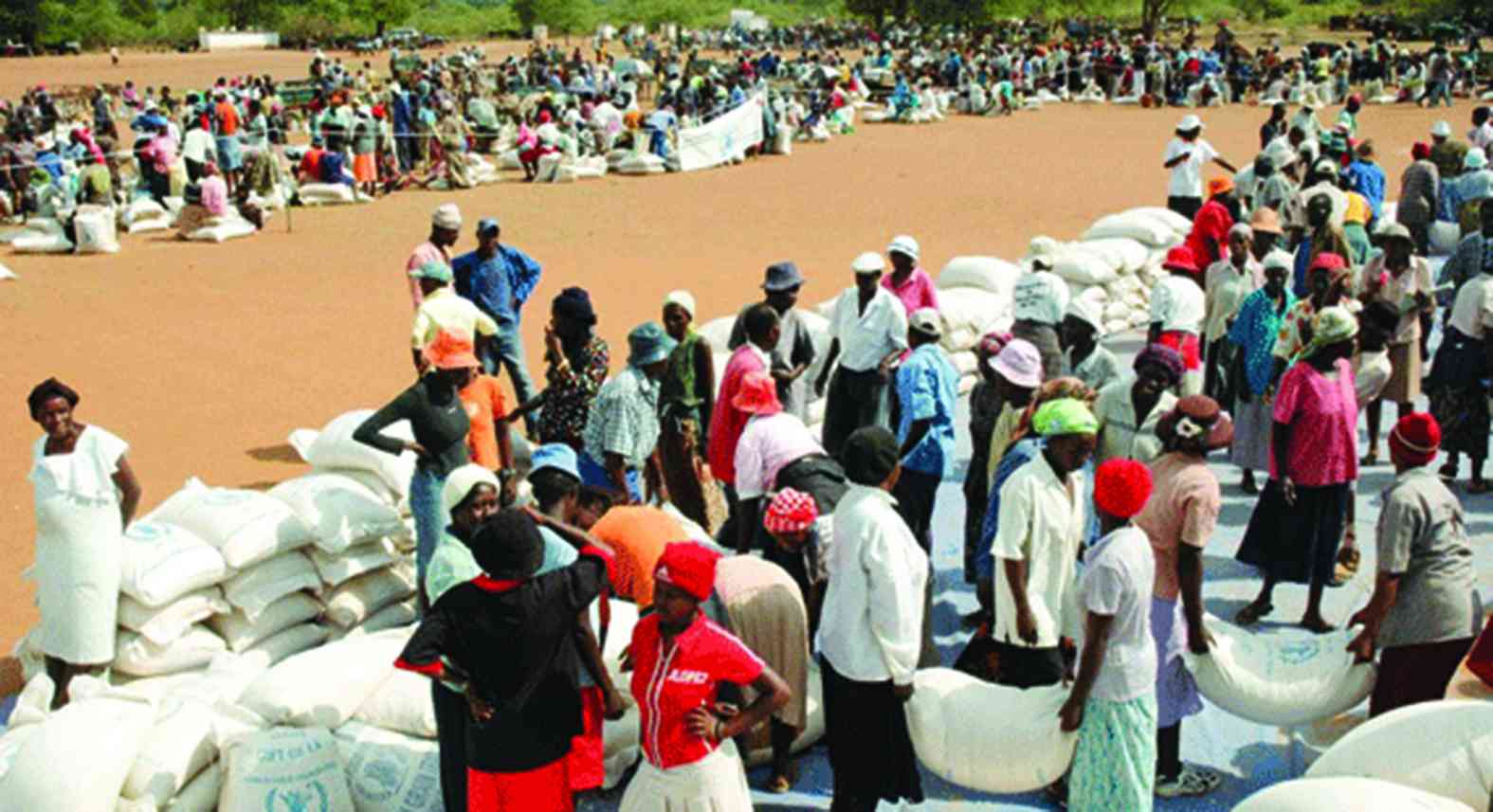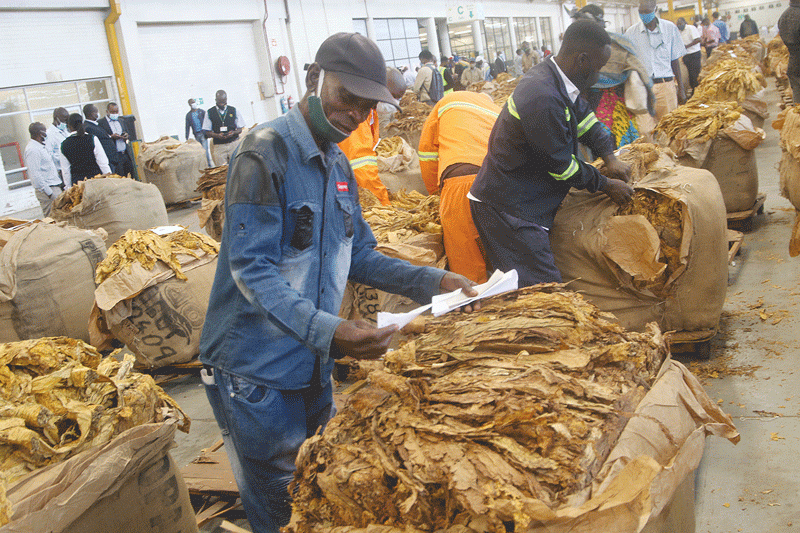
ACCESS to markets will continue to be constrained for poor and other households due to below-normal income and above-normal food prices on the markets, it has been revealed.
In its October 2024 to May 2025 outlook report, food security initiative, the Famine Early Warning Systems Network (Fews Net) said rural areas in both deficit and surplus-producing areas would struggle to access markets.
This comes as the recent volatility of the Zimbabwe Gold (ZiG) currency and the El Niño-induced drought from the 2023/24 agricultural season have negatively impacted consumers.
The volatility of the ZiG has eroded consumers and businesses incomes while the El Niño-induced drought significantly lowered agricultural output.
"Access to markets will continue to be constrained for poor and other households due to significantly below-normal income and above-normal food prices on the markets,” Fews Net said.
“Between October 2024 and January 2025, Crisis (IPC Phase 3) outcomes are expected, as typical on-farm labour opportunities such as land preparation, planting and weeding are expected to be below normal partly due to low levels of disposable income and no food stocks for in-kind payments by middle and better-off households.”
Fews Net said though improvements in water and pasture conditions were expected in line with the forecast for an average rainfall season with a timely onset, income from livestock sales was expected to remain below normal.
This is because some livestock, especially cattle, will not have fully recovered following the extended drought since late 2023.
- Zim hit by grain shortage
- Lower Gweru villagers appeal for food aid
- Hunger stalks region
- Food crisis looms in Sadc
Keep Reading
“In addition, some households have lost some or most of their stock due to livestock deaths or distress sales, limiting the number of animals available for sale. Livestock prices are also expected to remain subdued during this period due to constrained demand,” Fews Net said.
“Some households will remain dependent on income from off-own farm sources such as casual labour, petty trade, self-employment, crafts and remittances, which are expected to be at below-normal levels, and artisanal mining. Market purchases will be limited by above-average food prices.”
The initiative added, however, that the forecasted normal start of the 2024/25 rainfall season was expected to be favourable for wild fruits, vegetables and other products for consumption and sale.
“However, these are not expected to offset food consumption gaps,” Fews Net said.
“Due to constrained purchasing capacity, many households are expected to continue to engage in consumption-based coping strategies such as eating less-preferred food, skipping meals and prioritising food for children during this period, which is also characterised by high demands for the new school year, as well as livelihoods coping strategies, such as selling productive assets and atypically increasing temporary labour migration.”











